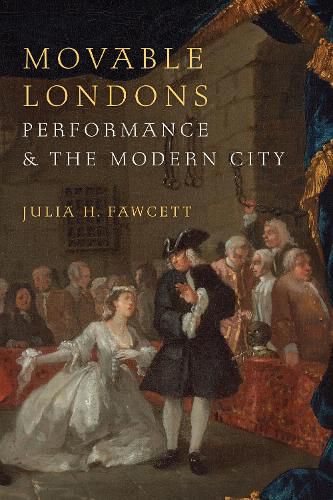Readings Newsletter
Become a Readings Member to make your shopping experience even easier.
Sign in or sign up for free!
You’re not far away from qualifying for FREE standard shipping within Australia
You’ve qualified for FREE standard shipping within Australia
The cart is loading…






In September 1666, a fire sparked in a bakery on Pudding Lane grew until it had destroyed four-fifths of central London. The rebuilding efforts that followed not only launched the careers of some of London's most famous architects, but also transformed Londoners' relationship to their city by underscoring the ways that people could shape a city's spaces-and the ways that a city's spaces could shape its people. Movable Londons looks to the Restoration theater to understand how the dispossessed made London into a modern city after the Great Fire of 1666 and how the introduction of changeable scenery in theaters altered how Londoners conceptualized the city. Fawcett makes a claim for the centrality of unplanned spaces and the role of the Restoration theater in articulating those spaces as the modern city emerged and argues that movable scenery revolutionized London's public theaters, inviting audiences to observe how the performers-many of them hailing from the same communities as their characters-navigated the stage.
$9.00 standard shipping within Australia
FREE standard shipping within Australia for orders over $100.00
Express & International shipping calculated at checkout
In September 1666, a fire sparked in a bakery on Pudding Lane grew until it had destroyed four-fifths of central London. The rebuilding efforts that followed not only launched the careers of some of London's most famous architects, but also transformed Londoners' relationship to their city by underscoring the ways that people could shape a city's spaces-and the ways that a city's spaces could shape its people. Movable Londons looks to the Restoration theater to understand how the dispossessed made London into a modern city after the Great Fire of 1666 and how the introduction of changeable scenery in theaters altered how Londoners conceptualized the city. Fawcett makes a claim for the centrality of unplanned spaces and the role of the Restoration theater in articulating those spaces as the modern city emerged and argues that movable scenery revolutionized London's public theaters, inviting audiences to observe how the performers-many of them hailing from the same communities as their characters-navigated the stage.